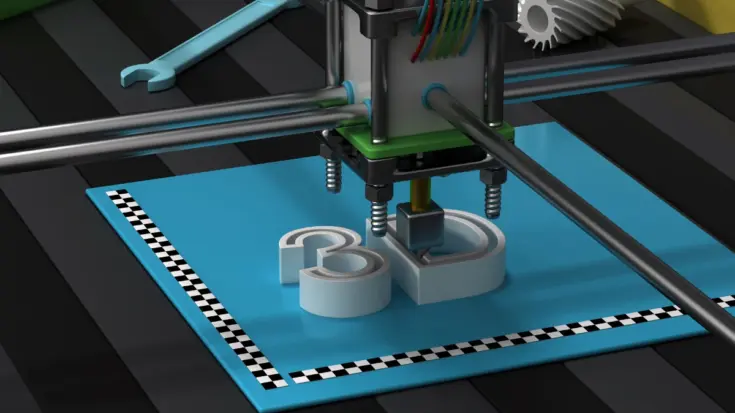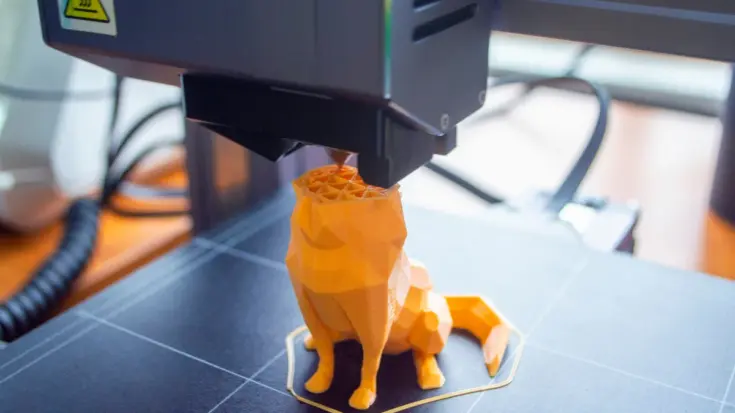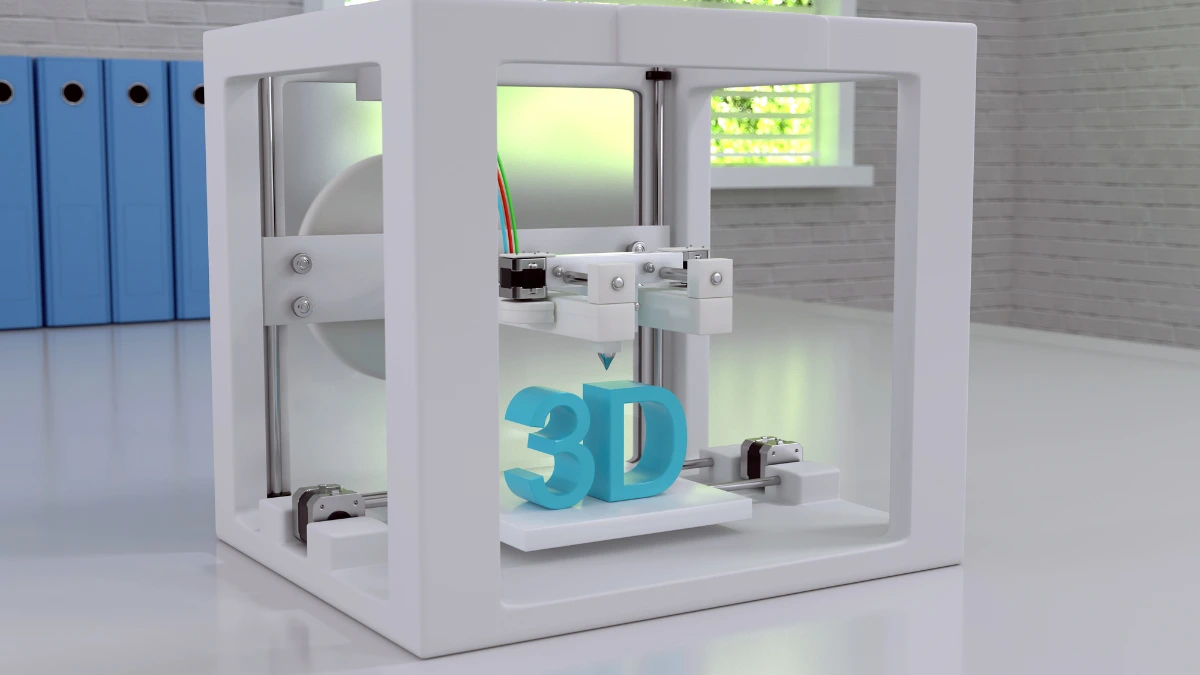The presence of a printer provides the ability to convert digital data, such as documents, photos, or images, into physical form. One type of printer is a 3D printer, which offers several key functions and advantages.
The functions of a 3D printer include creating inexpensive prototypes, creating artwork, meeting medical needs, and assisting fashion designers. Moreover, the advantages include high customization, time efficiency, and material saving.
This article will give you information on 3D printers, including definitions, functions, the advantages, and the disadvantages they have.
Also Read
Table of Contents
What is a 3D Printer?

A 3D printer is a type of device that prints three-dimensional objects from digital data using additive manufacturing, or by building them layer by layer.
This device is suitable for prototype design, manufacturing, and creative projects, although you need to be prepared to pay a hefty price to purchase one.
How Does a 3D Printer Work?
3D printers work using the principle of additive manufacturing, which forms objects gradually until the desired infrastructure is produced. Here are the main steps in the printing process:
- 3D Design: The object to be printed is imported into a 3D model using CAD (Computer-Aided Design) software.
- Slicing: Using slicing software, the 3D design is broken down into thin layers according to digital data instructions.
- Printing: The printer moves according to the pattern from the slicing file by melting or layering materials such as plastic, resin, or metal layer by layer.
- Cooling or hardening: The printed layers are left to cool and harden to produce a perfect final result.
The Functions of a 3D Printer
The 3D printer has several functions, from creating inexpensive prototypes, creating artwork, and meeting medical needs, to assisting fashion designers. Here are some of its functions:
1. Creating inexpensive prototypes
One of the functions of a 3D printer is to create prototypes. This device is capable of producing prototype products before mass production at an effective cost. This advantage can be utilized to assist in design testing and make design iterations easier.
2. Creating building models for architecture and interior design
Another function of this printer is for architecture and interior design. Architects can create small-scale building models, and interior designers can print decorations for those models. Both can be done using this printer.
3. Creating artworks

3D printers are also widely used to assist in the creation of works in the creative industry. Artists and designers can create artworks, jewelry, or custom products with high flexibility.
4. The automotive and aerospace industry needs
Complex and lightweight components in the automotive and aerospace industries can be produced using these devices. This helps reduce production costs and accelerate production time.
5 Assisting fashion designers
Fashion designers require 3D printers to create unique and innovative clothing and accessories. With these devices, designers are not limited by the possibilities of form and texture.
6. Supporting the world of education

In the world of education, 3D printers are used to teach students concepts in science, technology, art, and design. These devices can help students visualize and understand the concepts being taught.
7. Medical needs
3D printers are also used in the medical field for a variety of needs. These devices are needed to print prosthetics, implants, and even to help create organ models for complex surgeries.
The Advantages of a 3D Printer
The 3D printer has several advantages, from high customization, time efficiency, to material saving. Here are some of its main advantages in detail:
- High customization: Designs can be tailored to specific needs without affecting costs.
- Time efficiency: Accelerate the production of prototypes or final products with additive manufacturing processes.
- Low cost: This device helps reduce production costs on a small scale.
- Material savings: This device only requires the necessary materials.
The Disadvantages of a 3D Printer
Despite its advantages, thermal printers have several common disadvantages that should be considered:
- Material limitations: This device cannot use all types of materials, such as high-melting-point metals, forged materials, and resins.
- High cost for some materials: When using high-specification models, material costs can be quite high.
- Long printing process: For large objects, this device requires a long printing time.
Conclusion
Those are the definitions, how it works, functions, advantages, and disadvantages of a 3D printer that you need to know.
With this type of printer, you will get high customization for some functions, such as creating inexpensive prototypes, creating artwork, medical needs, and assisting fashion designers.
However, you still need to consider the material limitations, high cost for some materials, and long printing process.
If you need to create a prototype for 3D printing, a 3D printer is the right choice. Your printing needs will be well met with time efficiency and low cost.












